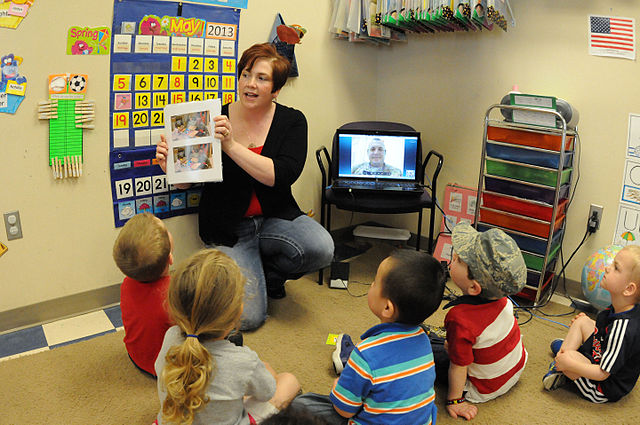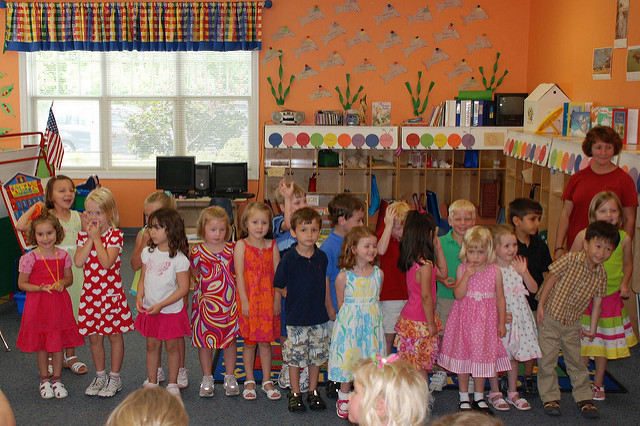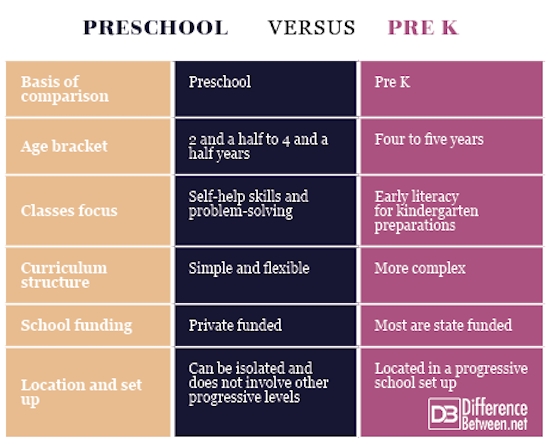Difference Between Preschool and Pre K
Both Preschool and Pre K learning involves a playful learning that allows the child to develop some skills an and hands-on learning experiences that gears towards formal school preparations. At these ages, children tend to explore and it is a good time to nurture them. Both may seem similar but they actually have some slight differences which will be highlighted in this article.
What is Preschool?
Preschool is the first set up towards a class set up after daycare for any child. It equips the child with vocabulary and language skills and also gets the opportunity to be exposed to a wide variety of materials which help them learn some useful skills.
What is a Pre K?
Pre K is a class level just before kindergarten. At this stage, children continue building skills and working independently due to the built confidence. It also them achieve in-depth projects with their peers at an experienced level and understanding.
Differences Between Preschool and Pre K
-
Classes focus
Pre K focuses on advanced learning such as math, science, critical thinking among other subjects that equip the child with pre-kindergarten skills. Preschool equips kids with self-help and problem-solving skills through learning colors, shapes, and numbers and is considered to be an advanced level above daycare.
-
Age Bracket
Preschool is designed for those under 4 years but above 2 and a half years experiencing their first classroom setting. Pre K is designed for those above 4 years but below five years in preparation for kindergarten.
-
Curriculum structure
Since pre K focuses on advanced learning, most tend to run through a full school day. Preschool usually run through half a day.
-
School funding
The state requires that kids pass through Pre K before advancing to kindergarten. Preschools are mostly privately owned hence self-funded however, pre-K’s can either be state-owned to be state funded or privately owned.
-
Location and set up
In terms of the whole location and set up, pre-k classes/schools tend to be attached to a wider school environment which creates a wider path through advancements to kindergarten leading through elementary school. Preschools, however, are mostly located in isolation and do not have any affiliation with a wider school setting.
Preschool vs. Pre K: Comparison Chart
Summary of Preschool vs. Pre K
- Preschool is designed for those under 4 years experiencing their first classroom setting.
- Pre K is designed for those above 4 years but below five years in preparation for kindergarten.
- Pre K focuses on advanced learning such as math, science, critical thinking among other subjects.
- Preschool equips kids with self-help and problem-solving skills through learning colors, shapes, and numbers.
- Most preschools are flexible with classes going to half day.
- Pre K classes can go to a full school day.
- Preschools are mostly privately owned hence self-funded.
- Pre K’s can either be state-owned to be state funded or privately owned.
- It is necessary that children pass through Pre K before attending kindergarten.
- Difference Between S Corp and C Corp - September 9, 2018
- Difference Between Terrace and Balcony - September 9, 2018
- Difference Between Anabaptists and Evangelicals - August 31, 2018
Search DifferenceBetween.net :
Leave a Response
References :
[0]Image credit: https://upload.wikimedia.org/wikipedia/commons/thumb/c/c2/Preschool_activity_130523-Z-WA217-031.jpg/640px-Preschool_activity_130523-Z-WA217-031.jpg
[1]Image credit: https://www.flickr.com/photos/8136496@N05/3619977187
[2]Bouffard, S. (2017). The Most Important Year: Pre-Kindergarten and the Future of Our Children. Penguin Publishing Group.
[3]Sullivan-Dudzic, L., Gearns, D. K., & Leavell, K. (2010). Making a Difference: 10 Essential Steps to Building a PreK-3 System. Corwin Press.



